The Sahara Desert, spanning over 3.5 million square miles across North Africa, conceals pockets of life that seem like miracles in the endless expanse of sand and rock. These oases, sustained by underground springs that have flowed for millennia, create islands of green vegetation and crystal-clear water that have served as crucial lifelines for desert travelers throughout history.
The springs emerge from deep aquifers, some dating back thousands of years, bringing pure water to the surface in landscapes where rainfall might not occur for decades. From bustling market towns built around ancient water sources to remote springs known only to desert nomads, each oasis tells a story of survival and adaptation in one of Earth’s harshest environments.
Here is a list of 20 Sahara oases where crystal clear springs create havens of life in the world’s largest hot desert.
Siwa Oasis
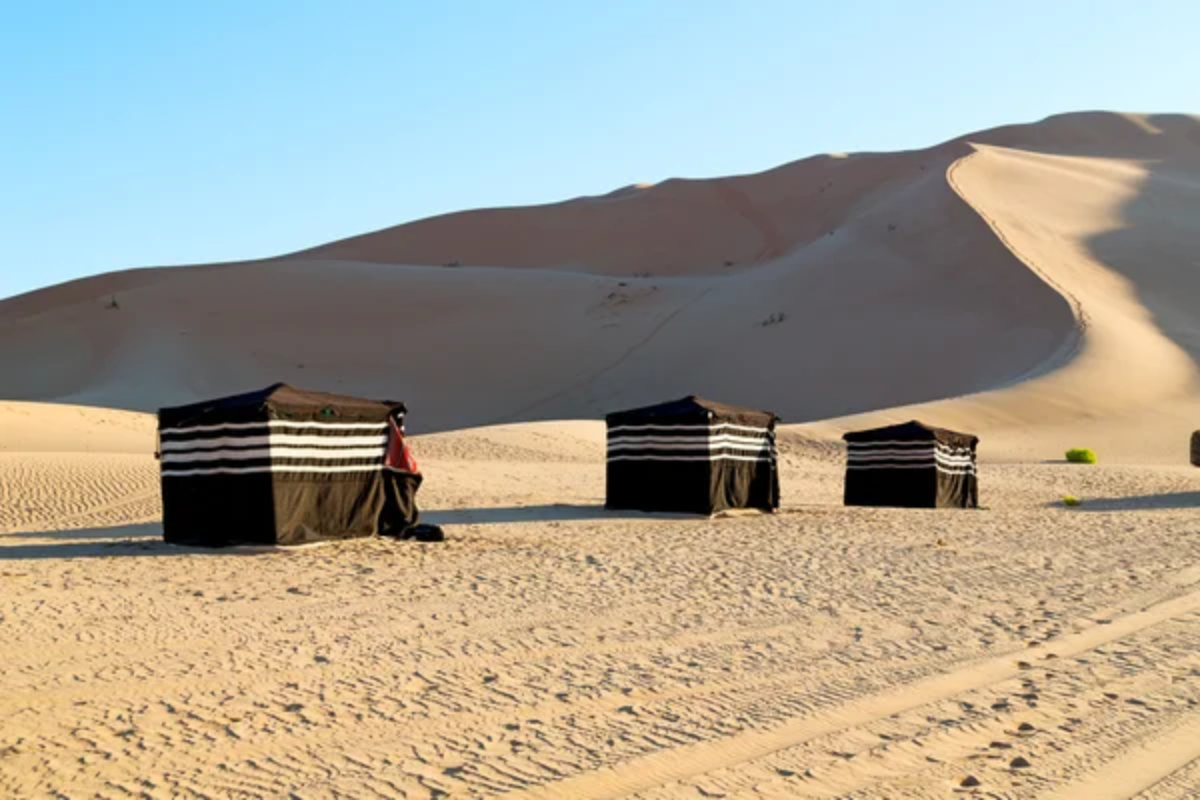
Located in Egypt’s Western Desert, this legendary oasis features hundreds of freshwater springs that have sustained life for over 12,000 years. The crystal-clear waters of Cleopatra’s Pool maintain a constant temperature year-round, while other springs throughout the oasis create a network of lakes and streams that support dense palm groves.
The ancient Oracle of Amun once drew pilgrims from across the Mediterranean, including Alexander the Great, who traveled here to consult the sacred springs.
Erg Chebbi Springs
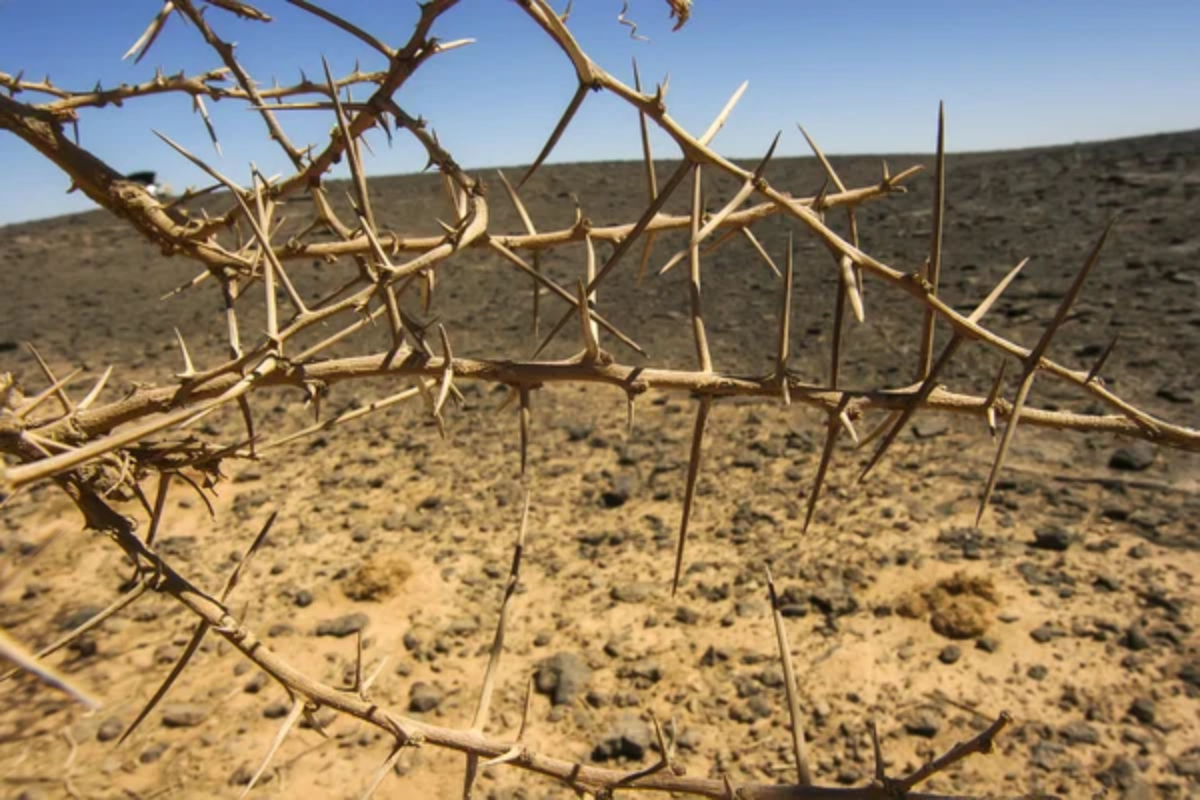
Hidden within Morocco’s towering dunes near Merzouga, these small springs create unexpected patches of green vegetation and clear water pools. The springs emerge at the base of massive dunes that can reach heights of 500 feet, creating a dramatic contrast between the golden sand and sparkling water.
Berber nomads have used these springs for centuries as watering points during trans-Saharan journeys, and the water remains remarkably pure despite the harsh desert conditions.
Like Travel Pug’s content? Follow us on MSN.
Ain Salah

This Algerian oasis sits at the crossroads of ancient caravan routes and features multiple artesian springs that create a substantial water supply in the heart of the Sahara. The springs maintain a constant flow throughout the year, supporting extensive date palm plantations and vegetable gardens that seem impossible in the surrounding desert landscape.
The crystal-clear water emerges from limestone aquifers deep underground, filtered through rock formations that remove impurities and minerals.
Fachi Oasis
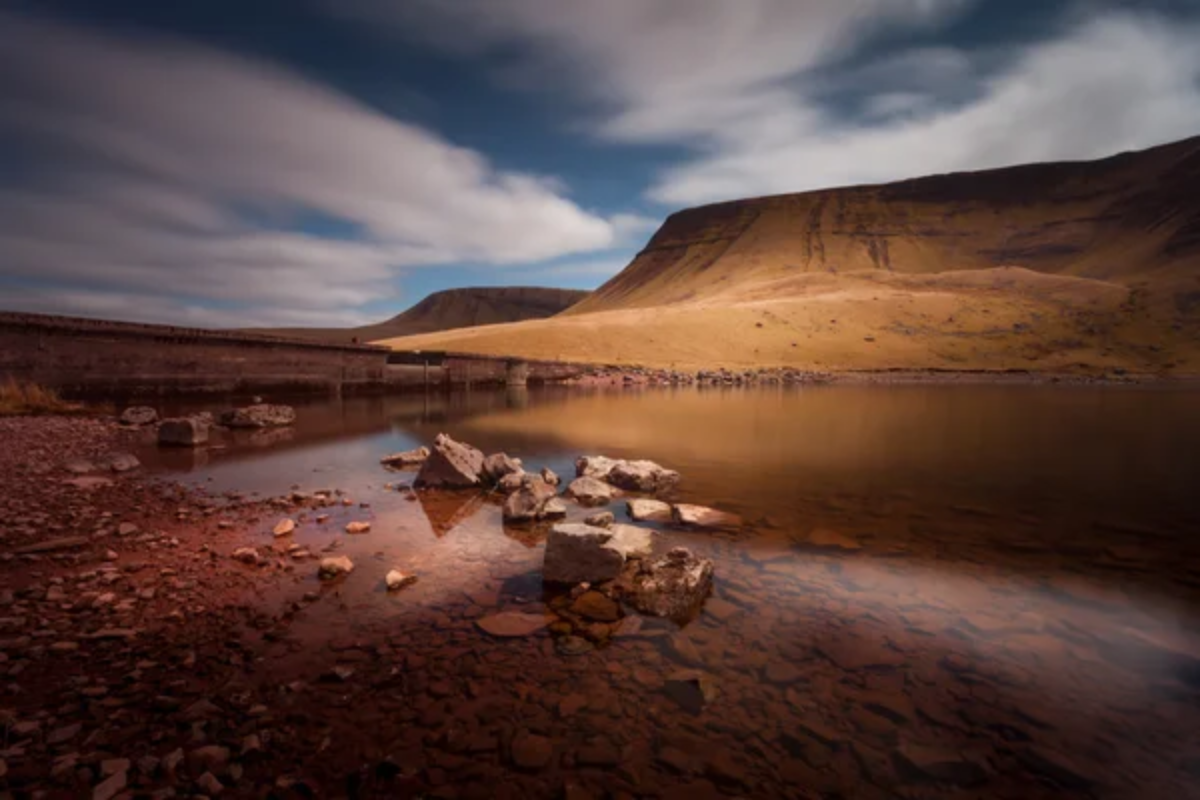
Located in Niger’s Tenere Desert, this remote oasis features natural springs that have sustained the historic salt trade for over a thousand years. The clear springs provide the water necessary for salt production, while also supporting a small community that maintains traditional desert life.
Tuareg caravans still stop here during their journeys across the Sahara, relying on springs that produce some of the purest water found anywhere in the desert.
Djanet Springs
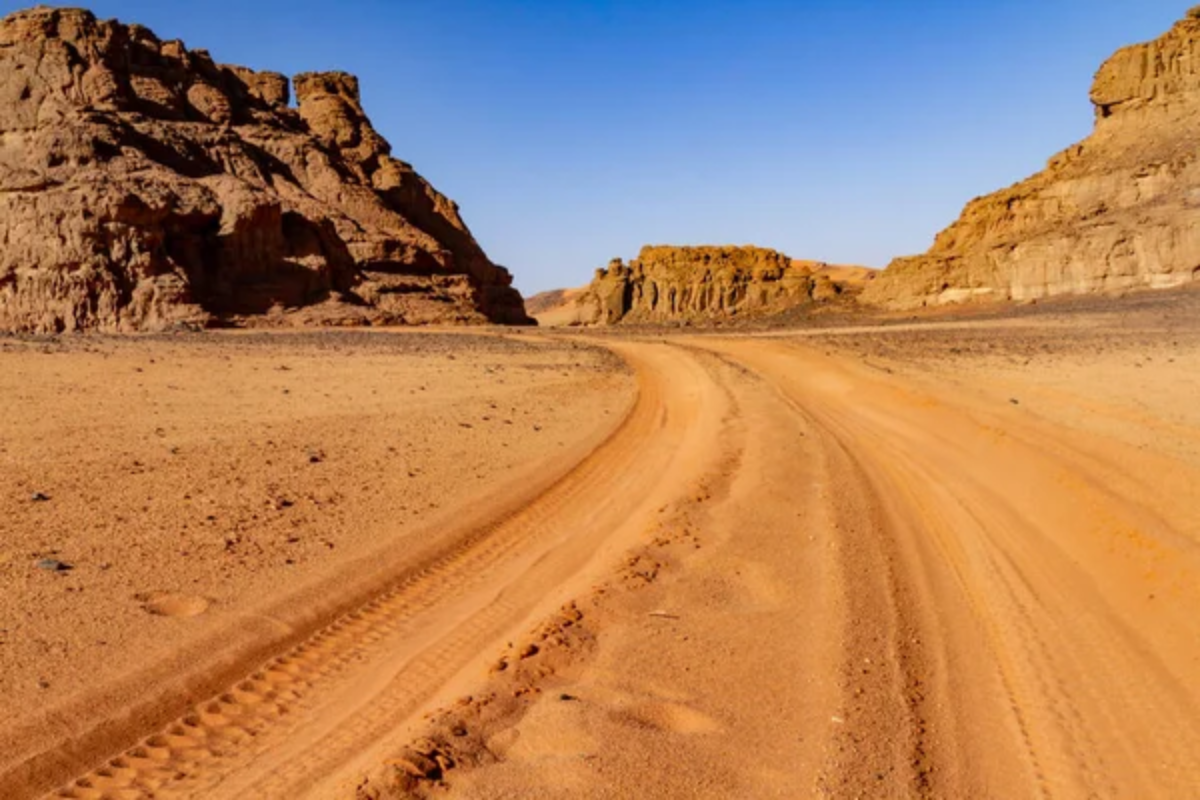
These springs in Algeria’s Tassili n’Ajjer region emerge from sandstone formations to create crystal-clear pools surrounded by ancient rock art. The water flows from underground rivers that have carved through the plateau for millions of years, creating springs that never run dry even during extreme drought conditions.
The surrounding area contains some of the Sahara’s most important archaeological sites, suggesting these springs have attracted human settlement for thousands of years.
Like Travel Pug’s content? Follow us on MSN.
Bilma Oasis

This historic oasis in Chad features multiple springs that create a chain of clear water pools extending for several miles through the desert. The springs emerge from deep aquifers that maintain consistent water quality and temperature throughout the year, supporting both date cultivation and salt production.
Caravan routes have converged here for centuries, making Bilma one of the most important watering points in the central Sahara.
Ghadames Springs
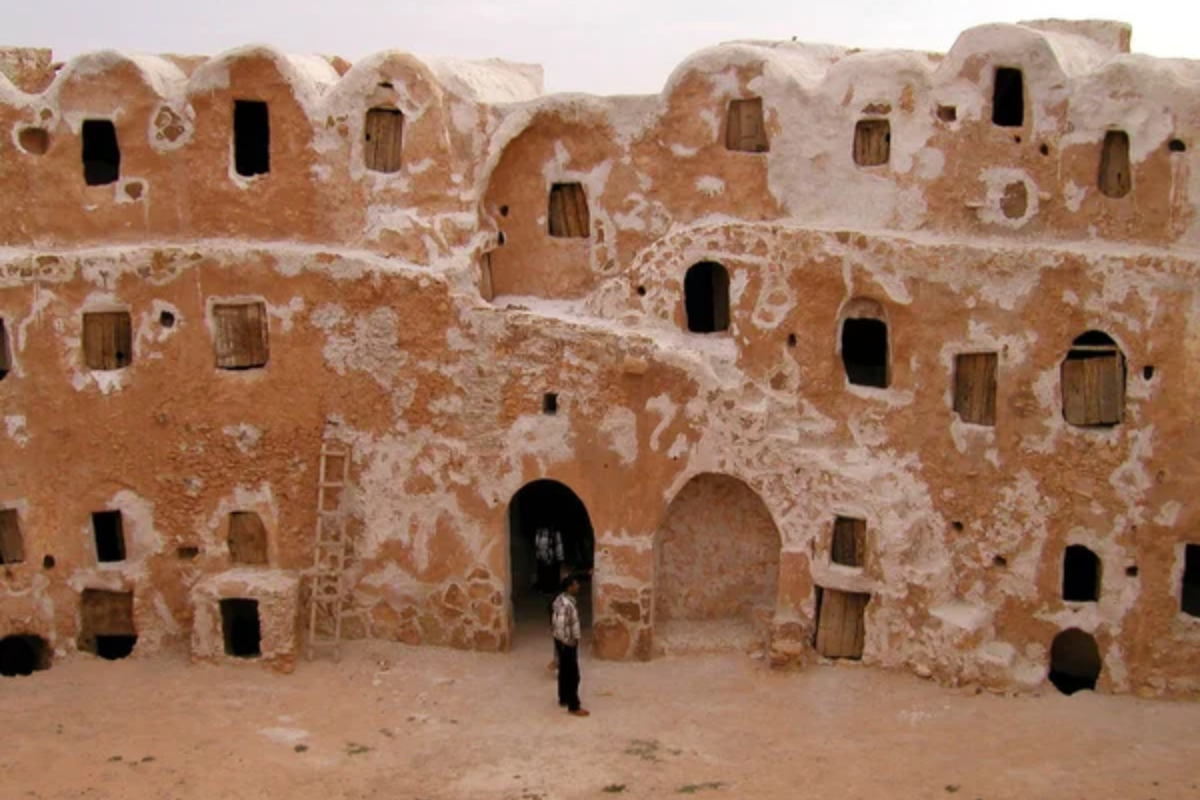
Libya’s “Pearl of the Desert” features numerous springs that flow through the ancient town’s underground channels and surface in its pools. The crystal-clear water emerges from artesian wells that have been in operation for over 2,000 years, creating an intricate irrigation system that supports palm groves and gardens within the ancient city walls.
The springs maintain a constant flow despite being surrounded by hundreds of miles of virtually waterless desert.
Ain Sefra
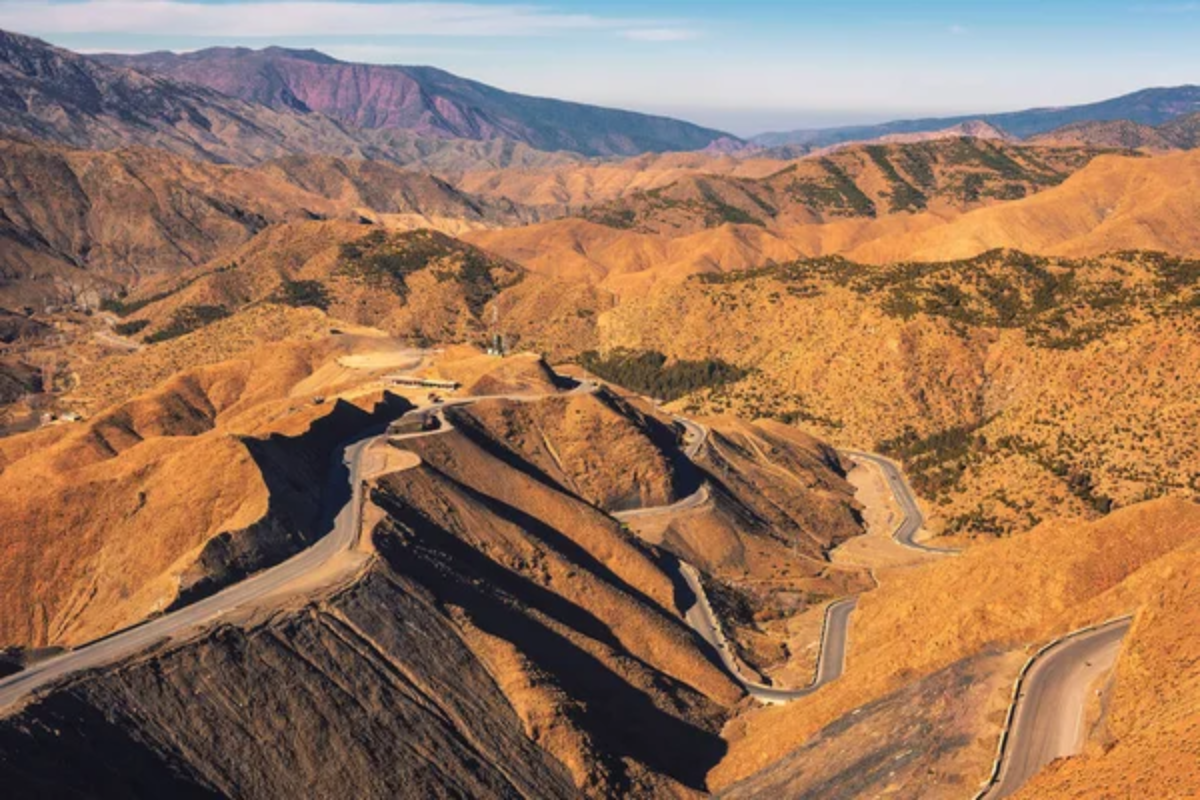
Known as the “Gateway to the Sahara” in Algeria, this oasis features springs that create unexpected snow-like conditions when rare winter weather combines with the clear spring water. The springs emerge from the underground water table of the Atlas Mountains, providing crystal-clear water that has sustained both settled communities and nomadic groups.
The water quality remains exceptional due to natural filtration through mountain rock formations.
Like Travel Pug’s content? Follow us on MSN.
Kufra Springs
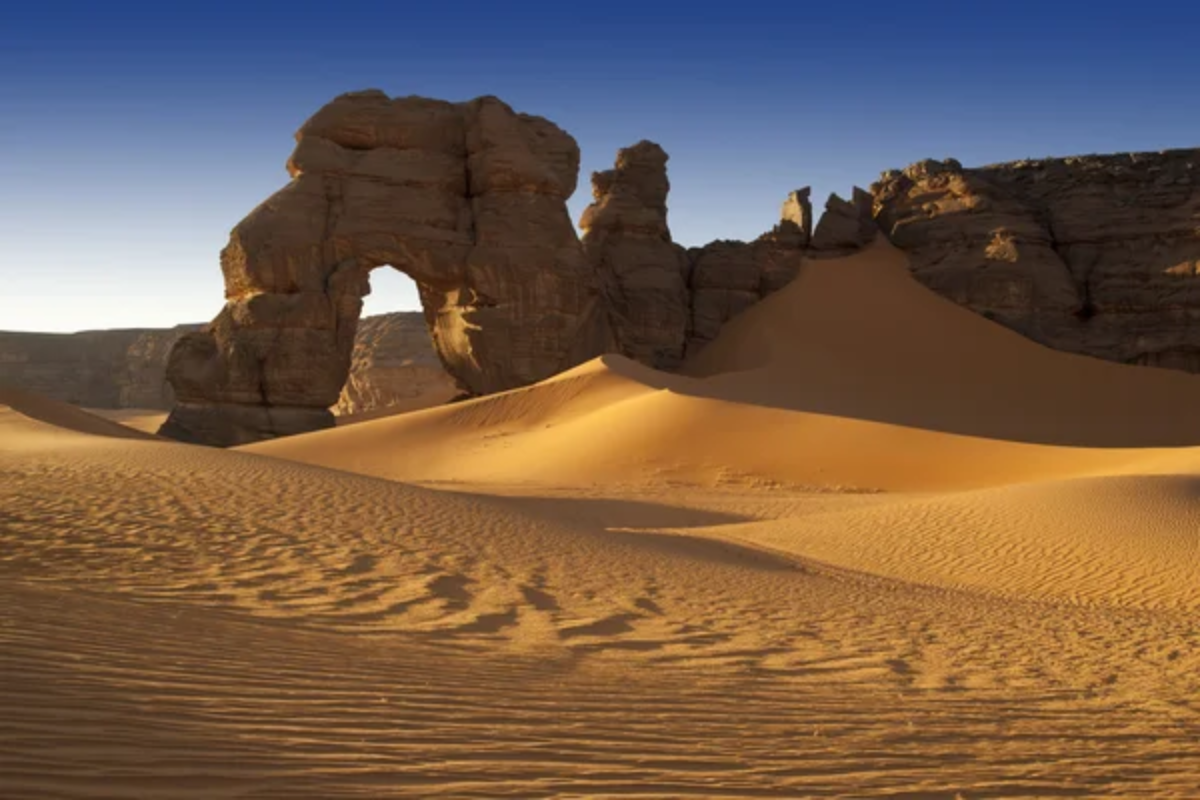
This massive oasis complex in Libya features some of the Sahara’s most productive springs, which create lakes and streams that support extensive agriculture in the desert. The springs tap into the Nubian Sandstone Aquifer, one of the world’s largest underground water sources, providing crystal-clear water that has enabled modern irrigation projects.
Despite development pressures, many of the original spring sources continue to flow as they have for thousands of years.
Timia Oasis
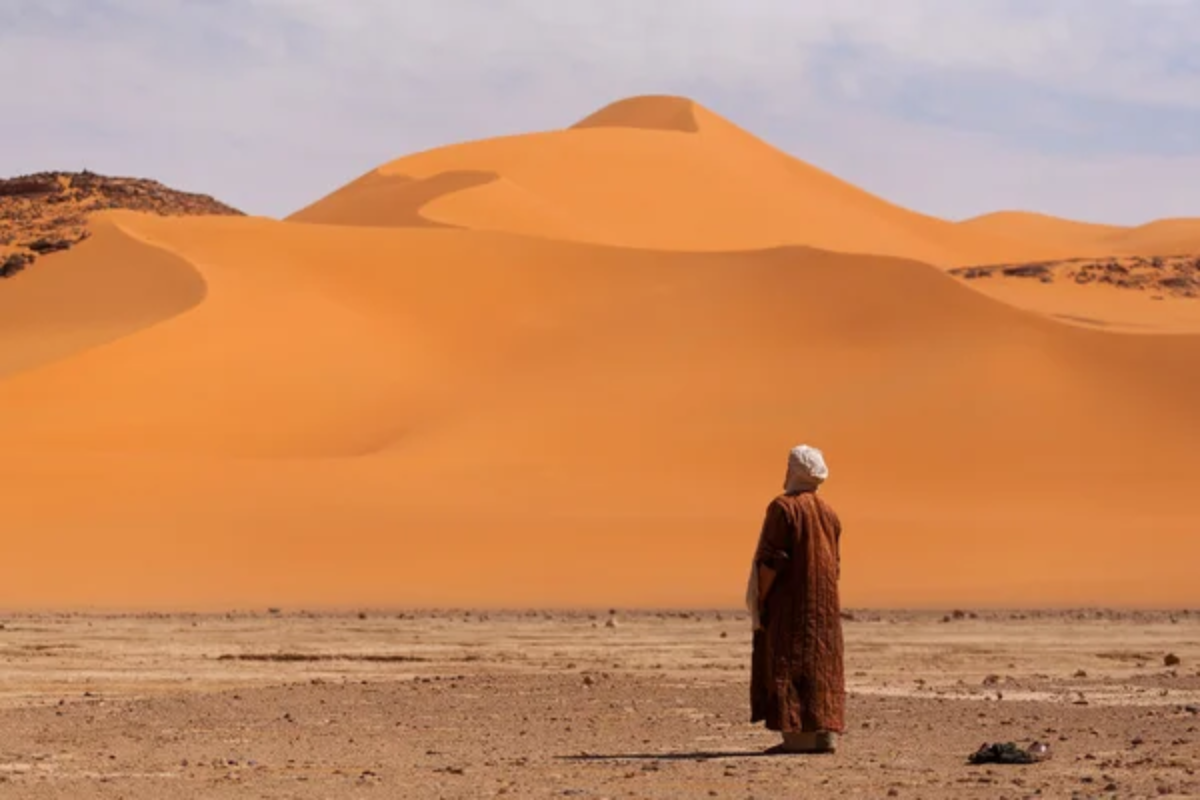
Located in Niger’s Air Mountains, this oasis features springs that cascade down rocky cliff faces, creating clear pools and streams. The mountain springs provide some of the purest water in the Sahara, filtered through volcanic rock that removes impurities while adding beneficial minerals.
The oasis supports both traditional Tuareg communities and unique desert wildlife that depends on the reliable water source.
El Golea
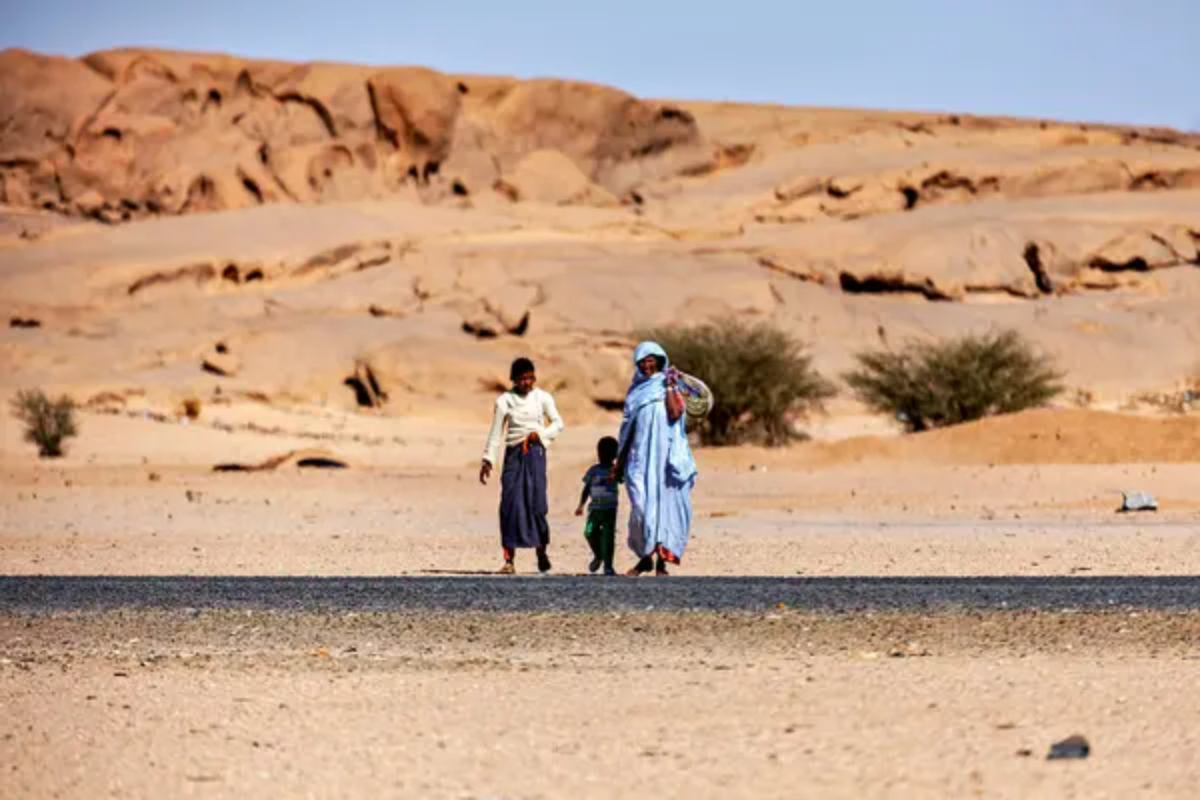
This Algerian oasis contains multiple spring sources that create a substantial water supply capable of supporting both agriculture and urban development. The crystal-clear springs emerge from deep underground sources, maintaining consistent quality and flow rates throughout the year.
The oasis has served as a crucial stopping point for trans-Saharan travel, with springs that have provided a reliable source of water for thousands of years.
Like Travel Pug’s content? Follow us on MSN.
Ouargla Springs

These prolific springs in Algeria create one of the Sahara’s most water-rich environments, with clear streams and pools that support extensive palm groves and gardens. The springs tap into deep aquifers that provide fossil water from ancient rainfall, creating a resource that has sustained major settlements for over a millennium.
The water emerges at a constant temperature, creating ideal conditions for both drinking and irrigation.
Ubari Lakes
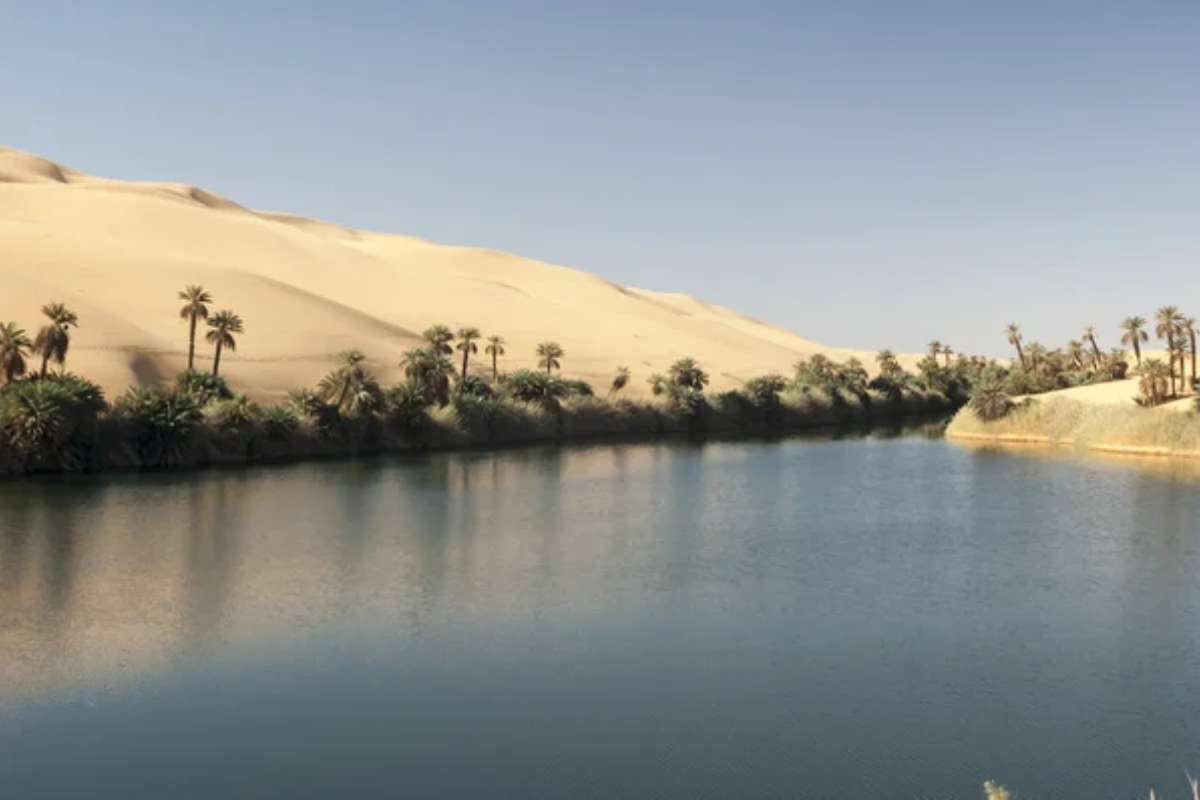
Libya’s Ubari Sand Sea features a series of spring-fed lakes with remarkably clear water, which contrasts dramatically with the surrounding dunes. These hypersaline springs create unique ecosystems where specialized plants and animals thrive despite the harsh desert conditions.
The crystal-clear water reflects the towering dunes, creating some of the most photographed desert landscapes in the Sahara.
Taghit Springs

This Algerian oasis boasts springs that emerge from sandstone cliffs, forming clear pools and streams that flow through lush palm groves. The water maintains exceptional clarity due to natural filtration through porous rock formations that remove sediments and impurities.
The springs have supported human settlement for thousands of years, with archaeological evidence suggesting continuous habitation since prehistoric times.
Like Travel Pug’s content? Follow us on MSN.
Farafra Oasis
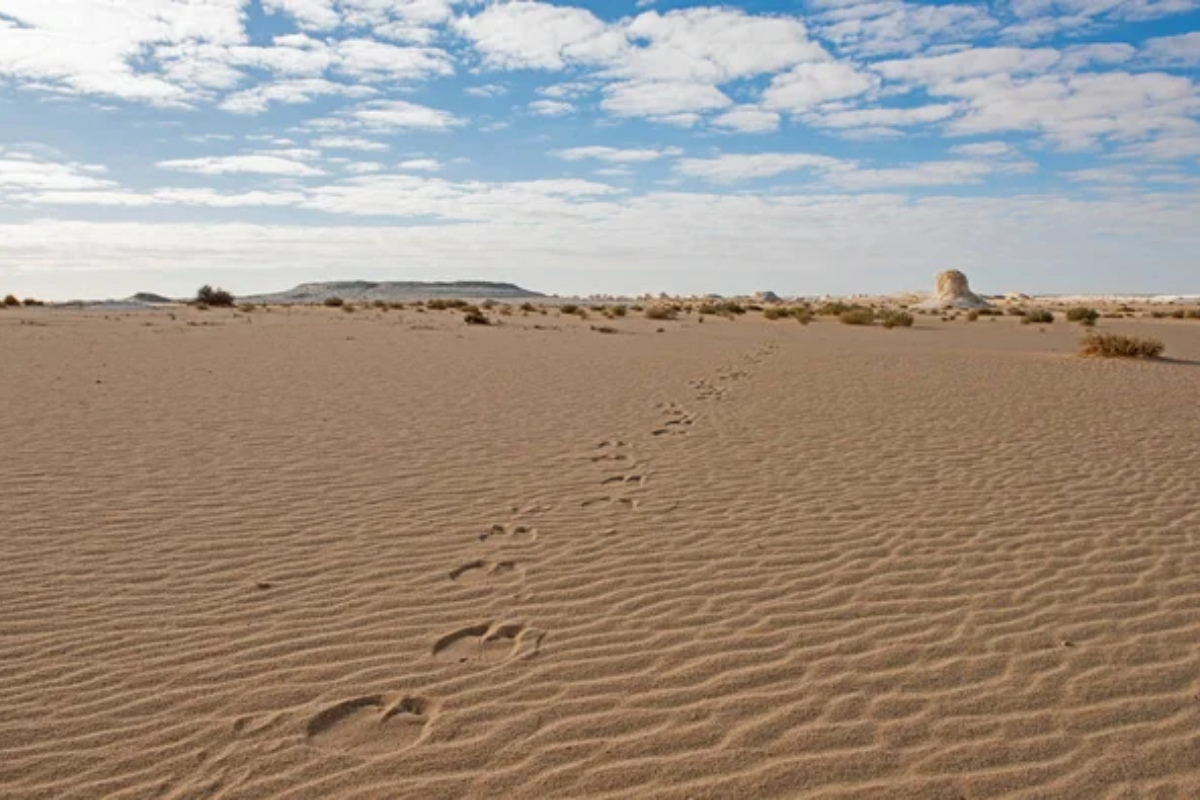
Egypt’s most isolated oasis contains hot springs that create crystal-clear pools with therapeutic properties attributed to their mineral content. The springs emerge from deep geological formations that naturally heat the water, maintaining remarkable clarity and purity.
The oasis supports traditional agriculture and serves as a base for exploring the surrounding White Desert with its unique chalk formations.
Timimoun
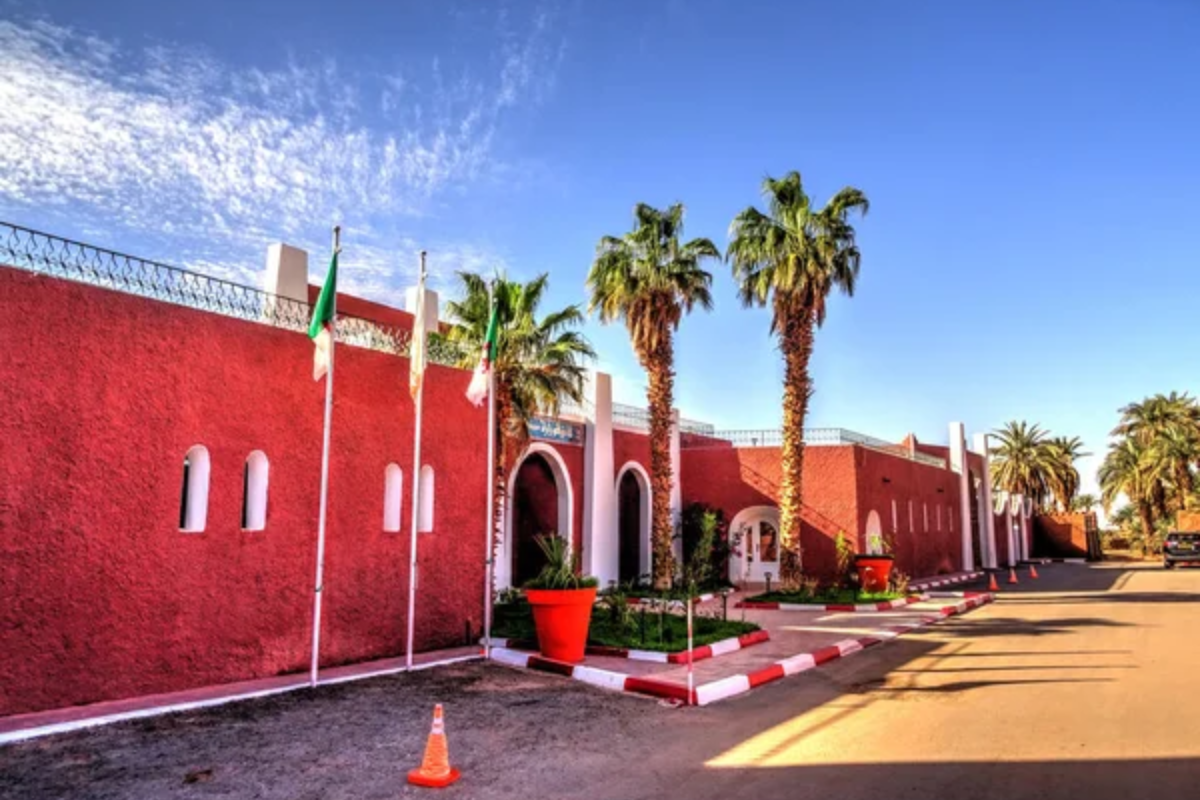
This red oasis in Algeria features springs that create an intricate network of clear water channels flowing through the distinctive red-clay architecture. The springs emerge from underground sources that provide consistent water quality and flow, supporting both traditional irrigation systems and modern agricultural projects.
The crystal-clear water contrasts beautifully with the red earth that gives the oasis its distinctive character.
In Guezzam Springs
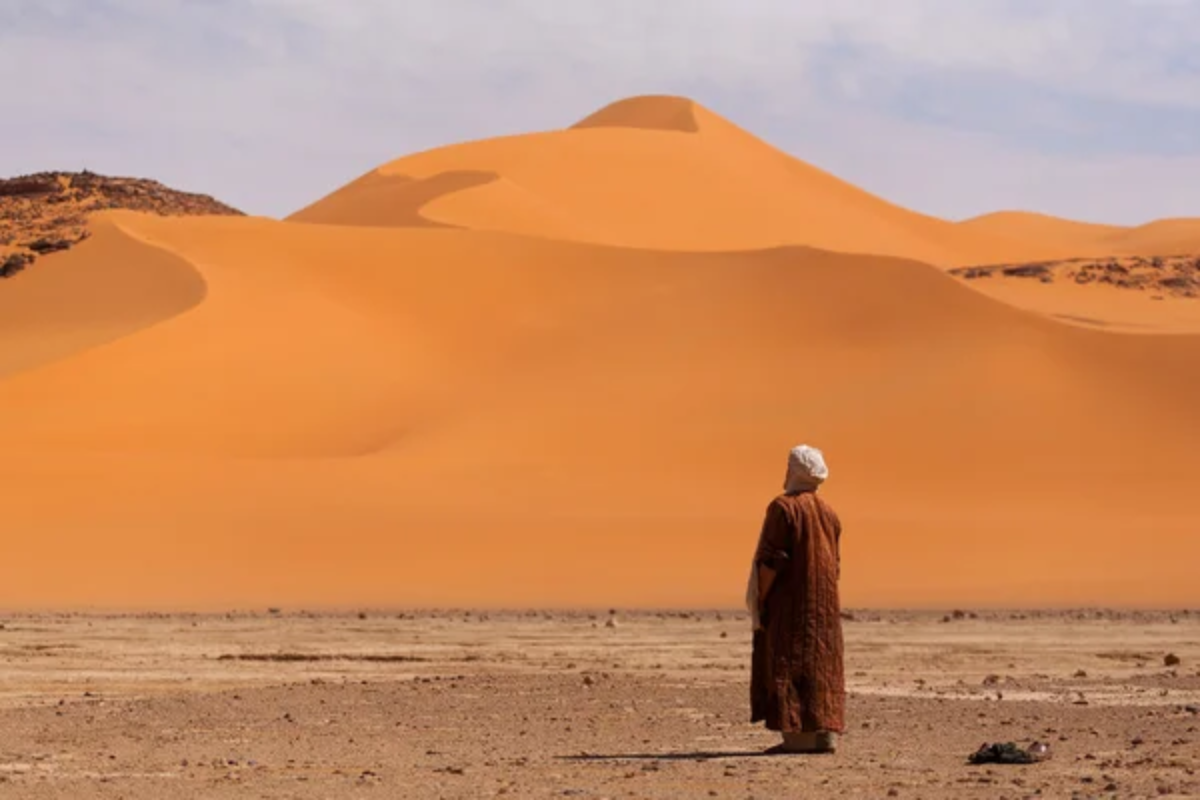
Located on the Algeria-Niger border, these remote springs provide crystal-clear water in one of the Sahara’s most isolated regions. The springs emerge from deep aquifers that have remained largely untapped, providing water quality that rivals the best natural springs anywhere in the world.
Traditional nomadic groups consider these springs sacred, protecting them through customary conservation practices.
Like Travel Pug’s content? Follow us on MSN.
Chinguetti Springs
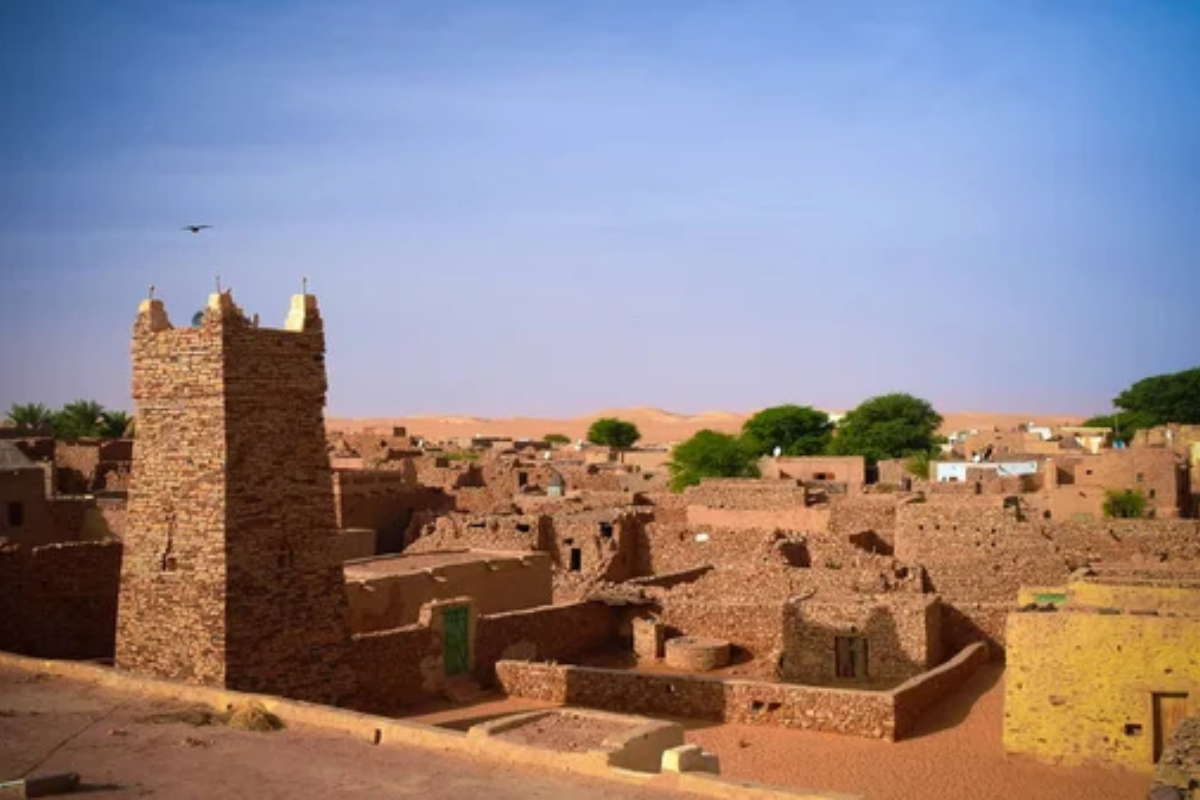
Mauritania’s ancient scholarly city is home to springs that have sustained one of the Sahara’s most important intellectual centers for over a thousand years. The crystal-clear springs provide the water necessary for manuscript preservation and daily life in this UNESCO World Heritage site.
The springs maintain a consistent flow despite being surrounded by advancing dunes that threaten to engulf the historic settlement.
Aoufous Oasis
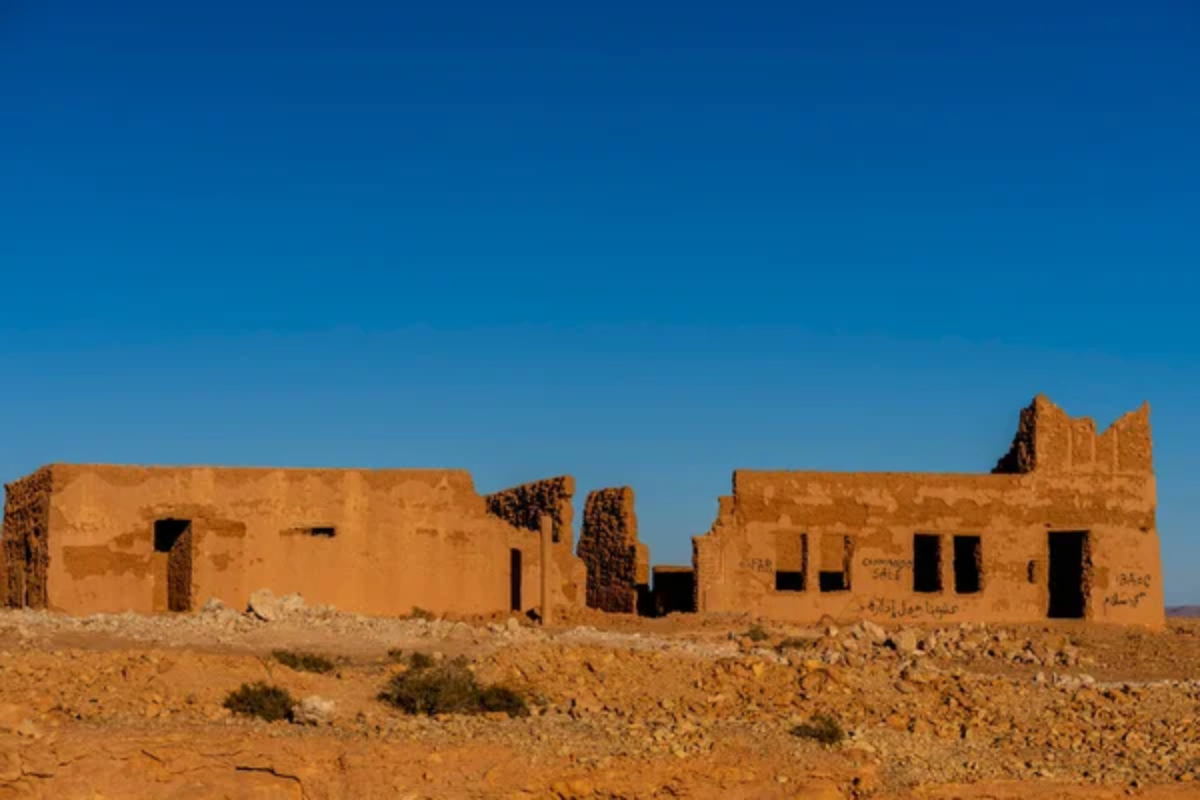
This Moroccan oasis boasts springs that produce clear streams, flowing through extensive date palm plantations on the edge of the Sahara. The springs emerge from the underground water sources of the Atlas Mountains, providing high-quality water that supports both traditional agriculture and modern development.
The crystal-clear streams create microclimates that support a diverse array of plant and animal life, unique to desert oases.
Mourdi Depression Springs
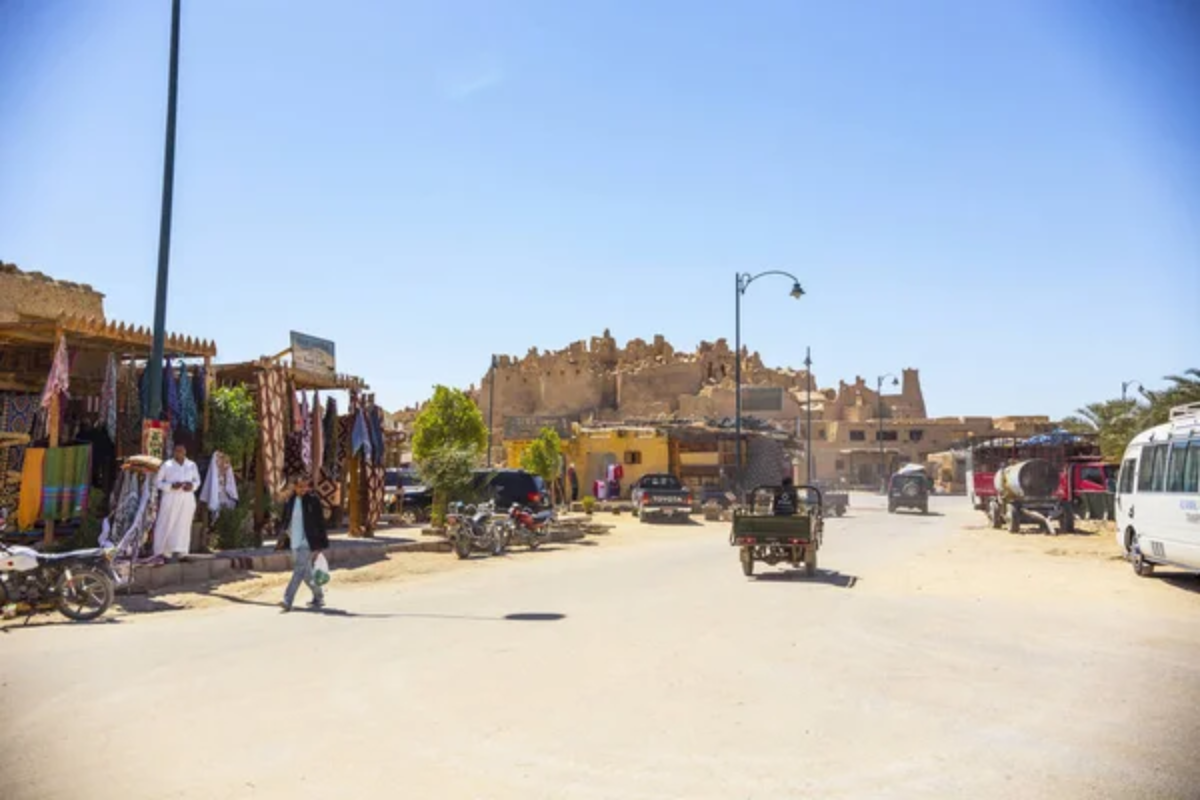
These springs in Chad’s Borkou region create clear water pools in one of the Sahara’s most remote and inaccessible areas. The springs emerge from deep geological formations that provide fossil water of exceptional purity and clarity.
The isolation of these springs has preserved their natural character, creating oases that function exactly as they have for thousands of years without human modification.
Like Travel Pug’s content? Follow us on MSN.
Desert Miracles in Liquid Form
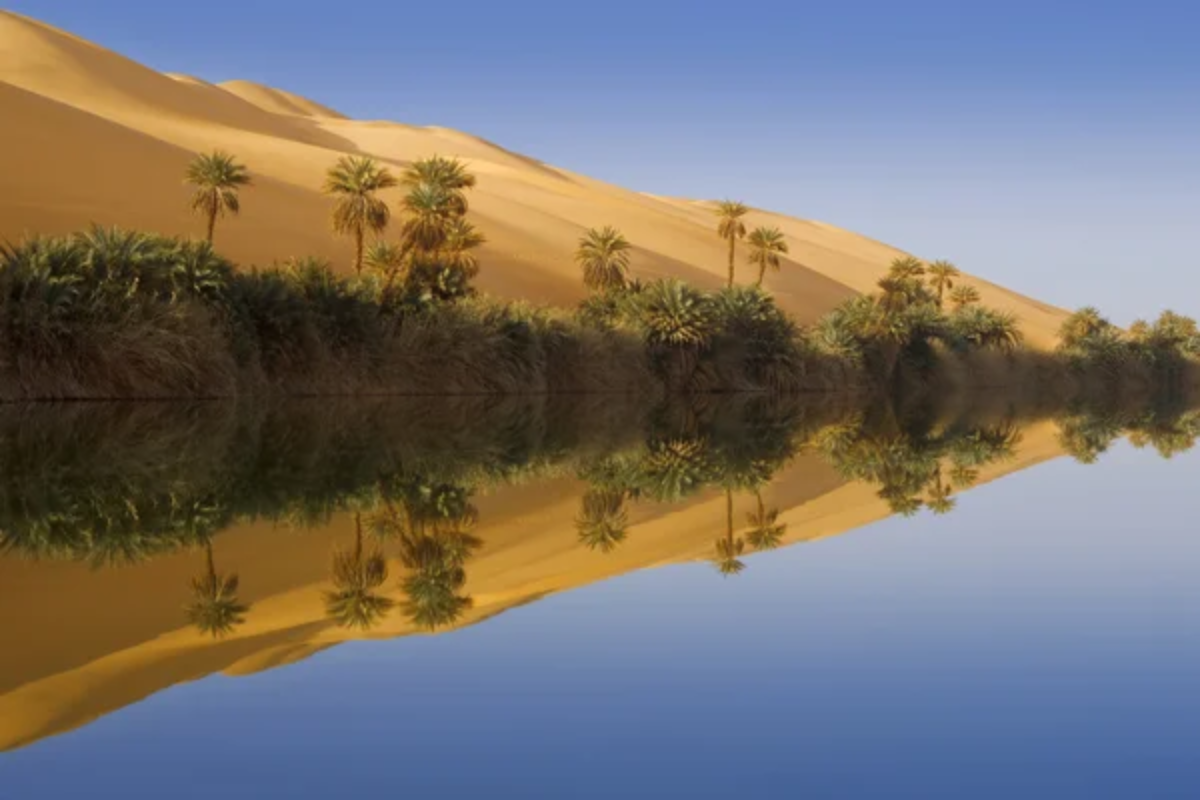
These Sahara oases represent some of Earth’s most remarkable examples of life persisting in extreme environments, where crystal-clear springs create islands of abundance in landscapes that receive virtually no rainfall for years at a time. Each spring tells a geological story spanning millions of years, as ancient water sources continue to emerge from deep aquifers that formed when the Sahara was a very different place.
The purity of these desert springs often exceeds that of water sources in more temperate climates, as they are filtered through rock formations and protected from surface contamination by the harshness of their surroundings. For desert travelers throughout history, these springs have represented the difference between life and death; today, they remind us of the planet’s capacity to sustain life even in its most challenging environments, creating havens where crystal-clear water flows like liquid hope through the world’s largest desert.
More from Travel Pug

- 20 Best Beach Towns in the Carolinas
- 13 Destinations Where Tourists Regularly Regret Their Trip
- 20 Destinations That Are More Magical Without an Itinerary
- 20 Underrated Adventures That Belong on Your Travel List
- 20 Cities Where You Should Just Wing It, No Planning Required
Like Travel Pug’s content? Follow us on MSN.N.
